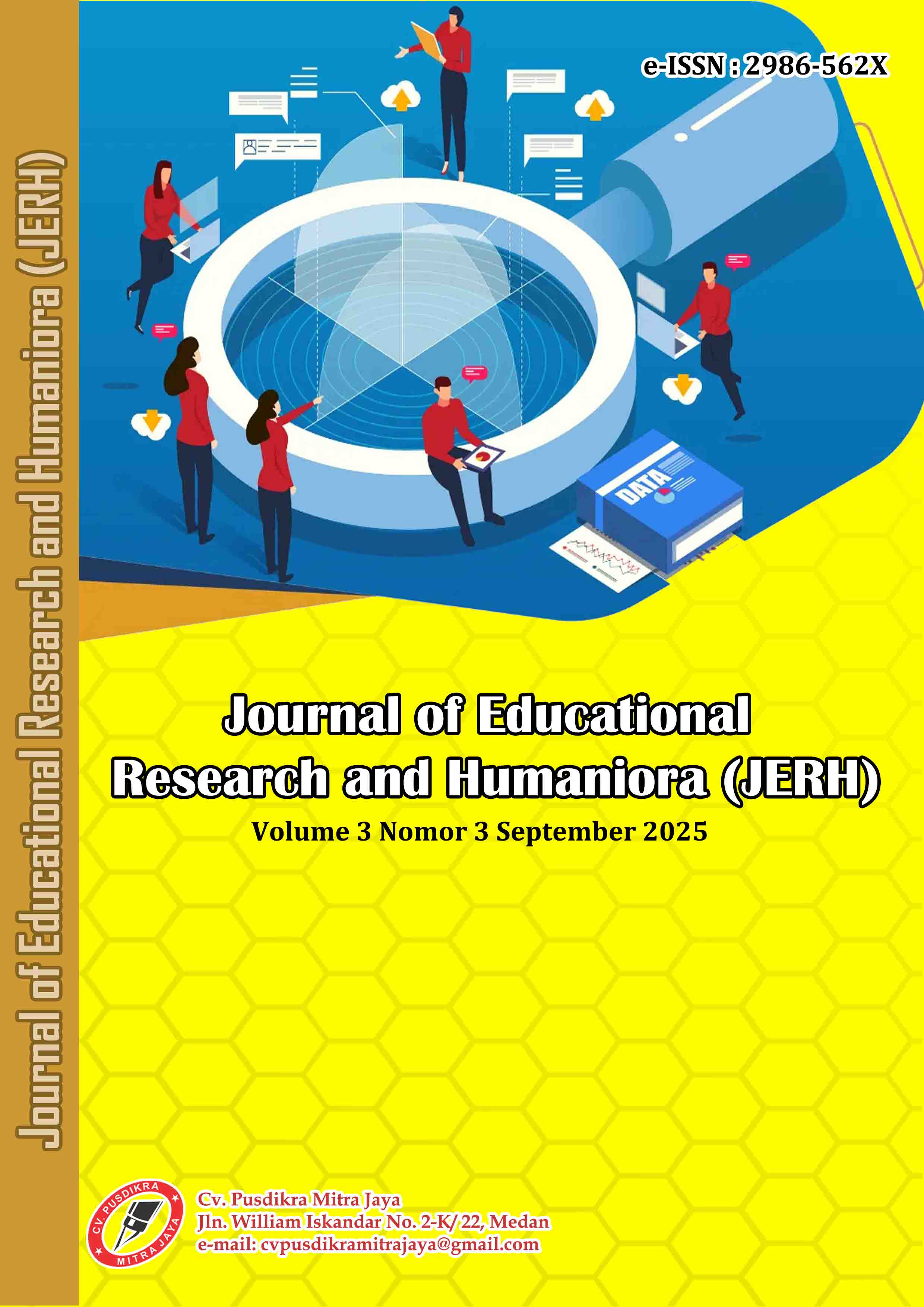Kepemimpinan Inspiratif dalam Film Laskar Pelangi: Studi Kualitatif Gaya Kepemimpinan di Tengah Tantangan Pendidikan
DOI:
https://doi.org/10.51178/jerh.v3i3.2889Keywords:
Transformational Leadership, Humanistic Leadership, Education, Laskar Pelangi, Sustainable Development Goals (SDGs)Abstract
Leadership is a crucial factor in the context of education, particularly in areas with limited resources. This study aims to comprehensively and in-depth describe the leadership style used by the teacher character in the film Laskar Pelangi. The research method used is a descriptive qualitative approach with in-depth observation of scenes, dialogues, and character behavior as the main data sources. The results show that the leadership style displayed in the film is transformational and humanistic, characterized by motivation, empowerment, individual attention, and active collaboration between teachers and students. This leadership has a positive impact on the development of character and enthusiasm for learning among students despite limitations. Furthermore, this leadership style is aligned with the principle of Sustainable Development Goals (SDGs) number 16, which emphasizes fair leadership and the ability to build trust for social and educational progress. This study strengthens the understanding that effective leadership is the art of motivating and inspiring in facing educational challenges. For further research, it is recommended to examine the influence of this leadership model in the real educational context in the field using mixed methods to strengthen the validity of the results.
Downloads
Published
How to Cite
Issue
Section
License
Copyright (c) 2025 Faidzatul Firdaus, Amaliyah, Gagas Gayuh Aji

This work is licensed under a Creative Commons Attribution-ShareAlike 4.0 International License.











